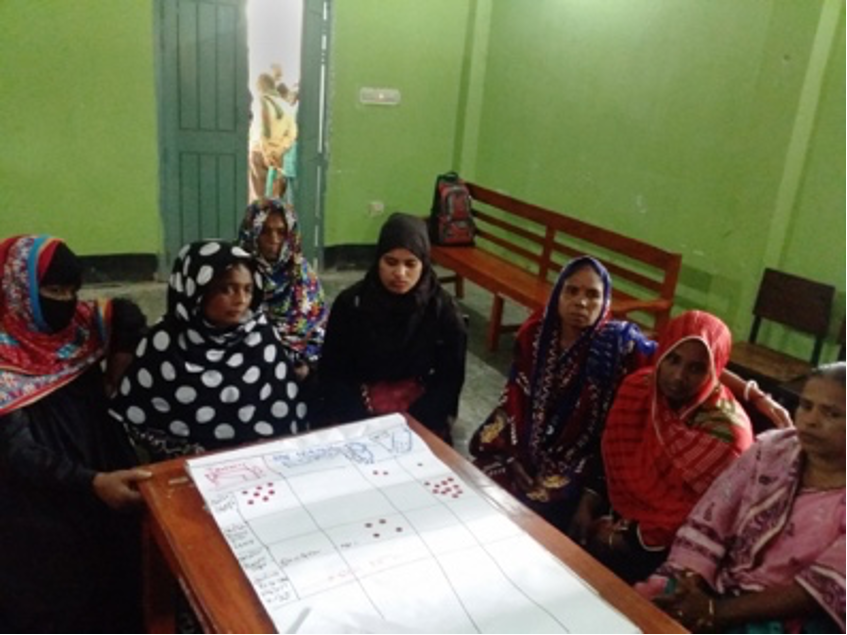I am Abu Ala Hasan, an independent consultant. I am an anthropologist, have been working in the NGO sector for 17 years. A large portion of my work are evaluations and research.
In 2018 we (Jindra Cekan and I) were selected to design exit strategy and learning documentation for a client. When we started, we found, despite having a plan for devising exit strategy, the implementing organisations involved only paid attention to that at the end of the project, having only three months.
Most startling was the fact that the informants, ranging from partner NGO officials, to community members involved gave us blank looks when asked about readiness for exit. Few NGO executives said that they would be able to continue some of the activities themselves. Almost none of the community members could answer exit questions; rather they tried to explain about the project services and their benefits.

Though it was thought provoking, it was not surprising at all due to existing NGO culture, where in practice, interventions are initiated and decisions made by the NGOs or funders, rather than the community.
So, why does it happen? First and foremost, exit is not taken seriously. Rather than trying to ensure sustainability of the project from the beginning or designing the project to achieve it, it is added, as if, an auxiliary component; apparently to fulfil criteria by outsiders. The word ‘exit strategy’ was mentioned twice and ‘sustainability’ five times in the action plan, a 38- page document, and we saw few activities.
While it takes time, the trend of project cycle has been increasingly heading towards shorter duration. A decade ago most projects were planned for five years or longer but now one to three years is the norm. This is not only counterproductive for sustainability but also detrimental to bring about significant social change (outcome/impact). The community members’ reactions indicated that sustainability was unfamiliar; it appeared, they were not informed or there was no such discussion with them. Planning for sustainability was not taken seriously.
Hot Tips:
To ensure sustainability and proper exit:
- There should be sincere commitment and effort towards sustainability and exit from NGOs
- Sustainability and exit planning should be built in the project implementation process from design stage. Projects should be designed for sustainability and not ignored
- Involvement of the community members, their voice and participation in decision making at all stages is very important for sustainability and proper exit
- Except for emergency projects, development projects should be longer in duration and properly evaluated periodically
Rad Resources:
For exit and sustainability planning these resources could be helpful:
- “NGO Research Culture and its Implication in Bangladesh: An Insider’s Perspective”, The Oriental Anthropologist, Vol. 14, No. 1, 2014, Pages 1-12, OICSR, Allahabad, India
- What We Know About Exit Strategies: Practical Guidance For Developing Exit Strategies in the Field
- Aid exits and locally led development
- Exit strategies and sustainability Lessons for practitioners
This week, AEA365 is celebrating Ex-post Eval Week during which blog authors share lessons from project exits and ex-post evaluations. Do you have questions, concerns, kudos, or content to extend this aea365 contribution? Please add them in the comments section for this post on the aea365 webpage so that we may enrich our community of practice. Would you like to submit an aea365 Tip? Please send a note of interest to aea365@eval.org. aea365 is sponsored by the American Evaluation Association and provides a Tip-a-Day by and for evaluators.
